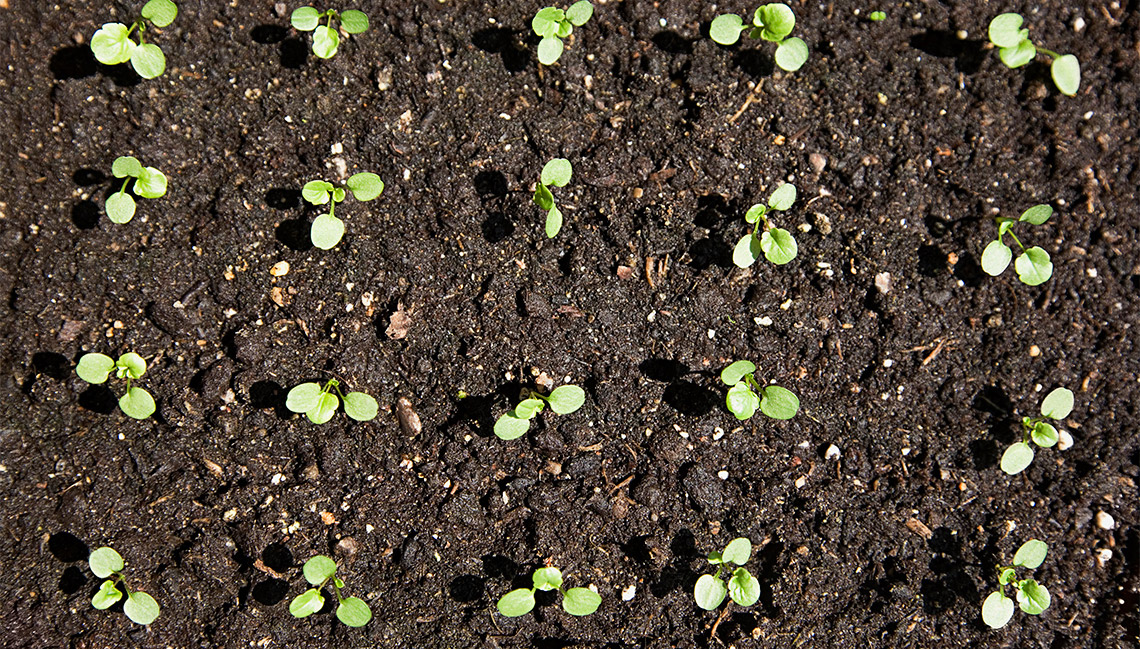Minds On
All things are connected
As scientists, we build our noticing skills and our ability to describe what we discover.
We also build our questioning skills.
We notice things in our everyday lives and may ask questions about what we discover.
Student Success
Think!
Think about the following questions about living things in our environment. If possible, share your thoughts with a partner.
- What are some living things we may notice every day?
- Which are plants?
- Which are animals?
- What do you think makes them important to us and our environment?
Note to teachers: See your teacher guide for collaboration tools, ideas and suggestions.
Now, explore the following carousel of images of three different environments of living things.
What do you notice? What do you wonder?
Action
Missing pieces
Have you ever put together a puzzle only to find one piece is missing?
You can probably describe the piece you need.
When you are missing just one piece, your image isn’t complete. Even after all your work, the last connection is missing.

A healthy environment can be thought of like a puzzle. In a healthy environment, all the pieces, living and non-living, are connected to support each other’s needs. An unhealthy environment usually has missing pieces.
Living things help each other!
Living things rely on each other and on non-living things to meet their needs.
Animals need plants for food and shelter. Plants need animals for pollination and to help scatter seeds.
Plants and animals provide living things with food, and plants can help clean the air so there is clean air to breathe.
Forests and wetlands help filter water so it is clean for animals to drink.
In a healthy environment, living things rely on non-living things like clean air, clean water, heat, shelter, and enough space.
Student Success
Think!
With a partner, if possible, think about if we lost some of the things we count on in our daily lives, what do you think would happen?
Note to teachers: See your teacher guide for collaboration tools, ideas and suggestions.
What do you notice about the forest?
Explore the following hiking images.
The rocky mountain hiking trail is cool and shady from the trees and has nice long and winding trails. What do you notice is missing from this second image of the healthy forested mountain environment?

Hiking up a mountain

Hiking up a mountain #2
Press ‘Answer’ to discover what is missing from the second image.
The sun is missing!
Why is the missing item so important?
Press ‘Answer’ to access why the missing item is so important.
The sun gives energy to the trees to grow and provide living things with oxygen.
The sun also gives light for the hikers.
What do you notice about the ocean?
This healthy sea is full of life where the sand, rocks, plants and sea animals are all living together.

Ocean life

Ocean life #2
What do you notice is missing from the second underwater environment image?
Press ‘Answer’ to discover what is missing from the second image.
The plants are missing!
Why is the missing item so important?
Press ‘Answer’ to access why the missing item is so important.
The plants might be food for some fish, might be a hiding place for other fish, and might be providing oxygen to the water.
What do you notice about the garden?
This garden has different types of plants growing in healthy soil.

Vegetable garden

Vegetable garden #2
What do you notice is missing from the second garden environment image?
Press ‘Answer’ to discover what is missing from the second image.
The rain is missing!
Why is the missing item so important?
Press ‘Answer’ to discover why the item is so important.
If there was no rain, the vegetables would not be able to grow.
Consolidation
Needs of living and non-living things

All living things, including humans count on other living and non-living things to make our environment safer. Things would be different if some living things were missing from our environment. There are things we can do to show our appreciation.
Pause and Reflect
Pause and reflect
Thinking carefully about the needs of living things.
How do you think things would be different for humans if there were no trees?
How would things be different for other living things?
Record your ideas in a notebook or another method of your choice.
If possible, share your thoughts with a partner
Reflection
How do you feel about what you have learned in this activity? Which of the next four sentences best matches how you are feeling about your learning? Press the button that is beside this sentence.
I feel…
Now, record your ideas about your feelings using a voice recorder, speech-to-text, or writing tool.


